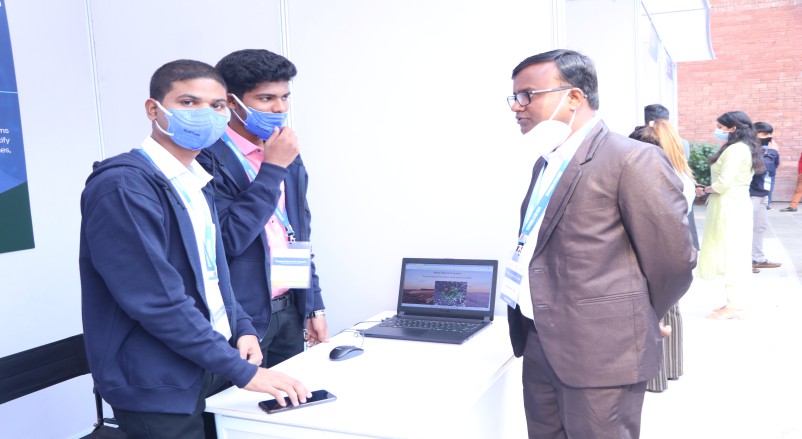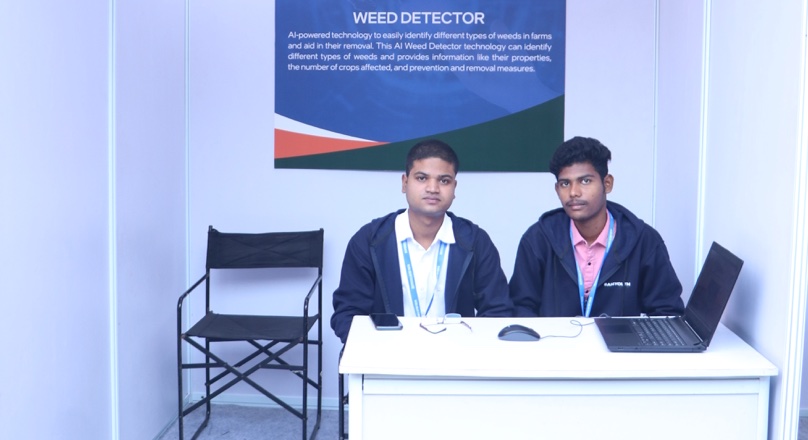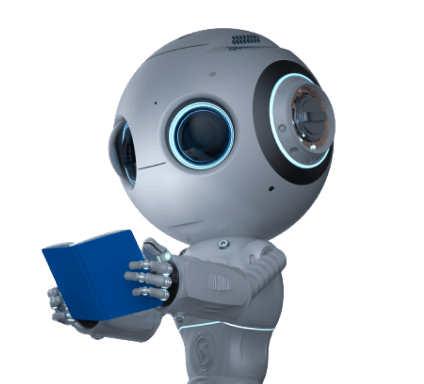Results for ""
“No one in my village knows anything about AI. When we became the winner of the Responsible AI for Youth, my photograph was published in the newspaper. Many then came up to me and asked what AI was”. says 17-year-old Dheeraj. When the nation is being listed alongside AI superpowers for the advancements it makes in the field, there is a section of our society that has little knowledge that they are the beneficiaries of this technology. Vaibhav Dewangan and Dheeraj Yadav belong to a family of farmers. They are the faces of underdeveloped India.
Hailing from a small village in Chhattisgarh, these 12th graders were often asked to help in the fields to remove weeds from the corp. “It is a difficult and time-consuming task. The weed looks exactly like the crop making it hard to remove”, says Vaibhav, who developed an AI model called weed detectors to help out the farmers, in a conversation with INDIAai. Growing up in an agricultural community, both Vaibhav and Dheeraj knew the difficulties the cultivators faced. So, after long brainstorming sessions, the duo came up with the idea for the model and decided to submit it to the National Program for Government Schools, Responsible AI for Youth.
They had little knowledge about AI before joining the program. “We had to watch YouTube videos to know about AI and its algorithms”, added Dheeraj. The practical experience that the boys had in dealing with the weeds prompted them to research more on the concept of AI- by the end of which they designed and formulated an AI-grounded technology that raised them to prominence by winning the Responsible AI for Youth title. The model they built differentiates between weed and crop and predicts the type of weed and ways to remove it.
Journey to Responsible AI
“It was our teacher who told us about Responsible AI. When we asked him, what AI was, he asked us to join the program to study about it”, Said Dheeraj when speaking about their journey to Responsible AI. It is essential to remove weeds from crops as it affects the overall quality of the weed as it tends to spread. “Our basic intention to build this project was to help the farmers and nothing else”, added Dheeraj.
The concept of AI was alien to the boys. But once they started self-learning about AI, they understood the broad scope and reach of the discipline and began to find it interesting. Rather than building the project, they moved with the flow and let it develop by itself. Before joining Responsible AI, neither Dheeraj nor Vaibhav had an internet connection or mobile phone. “I panicked and told my teacher that I did not understand anything. He helped me be calm and learn as much as possible”. Says Vaibhav. Gradually learning about AI and the comprehensive use cases of the technology, they were eager to design and build the model. When they crossed the top 100 list, the Intel AI team awarded them a laptop which made their life easier.
The main challenge that the team faced was the issue of connectivity. The noise from surrounding areas and lack of network due to which they often had to go to the terrace and then attend the classes contributed to the problems. Their 12th-grade classes were also going on alongside, and the pressure of the board exam worsened their hurdles. “We were not even sure if we could complete the project”, Says Dheeraj. “But I am thrilled that we became one among the winners. We worked hard for it".

AI-powered Weed Detector
This AI Weed Detector Technology can identify different types of weeds and provide information like their properties, the number of crops affected, and prevention and removal measures. The model is pre-fed with numerous images and videos of different types of weeds and is trained to identify them. Computer Vision technology can analyze the images presented before it to predict the weed type. It also displays the probability of the predictions made by it. The model can be deployed on any IoT device like a drone which can take pictures of crops and spray weedicide if needed. It can be beneficial for farmers by eliminating the time-consuming task of weed detection.
Dheeraj opines that by using media, the leading personnel in the field should try to reach out to more people from the villages to make them aware of AI. They also have a clear vision to teach students in schools about AI. Both Vaibhav and Dheeraj have graduated from school and are currently pursuing their BSc in biology. They are confident that AI will be a part of their career moving ahead.






